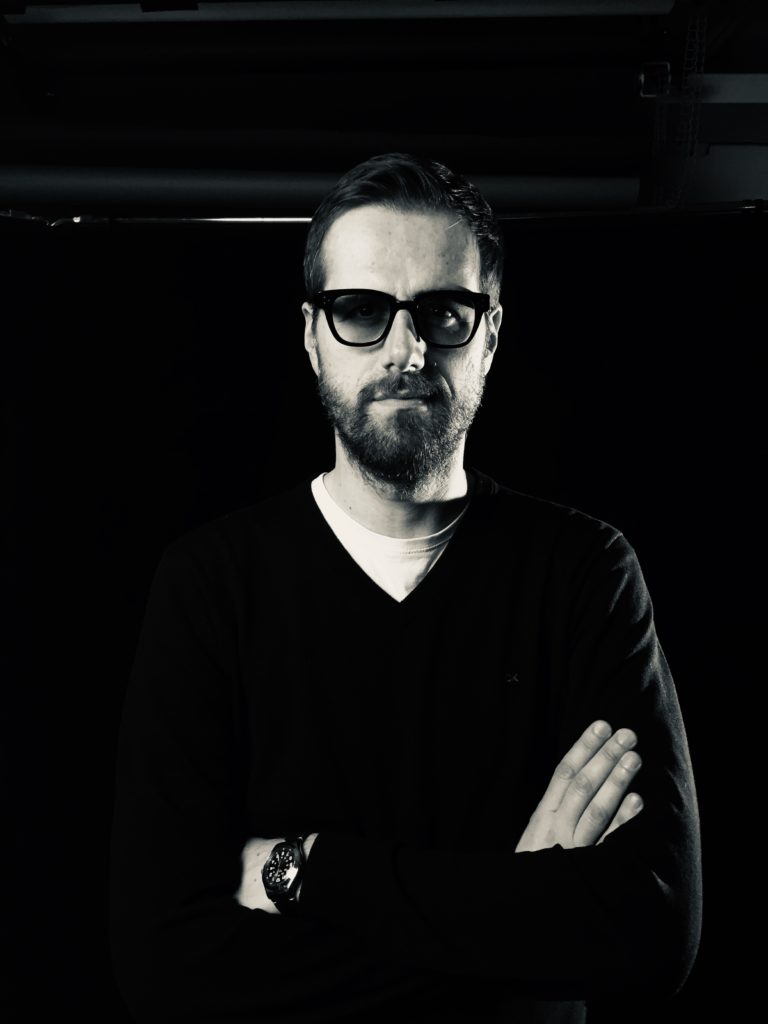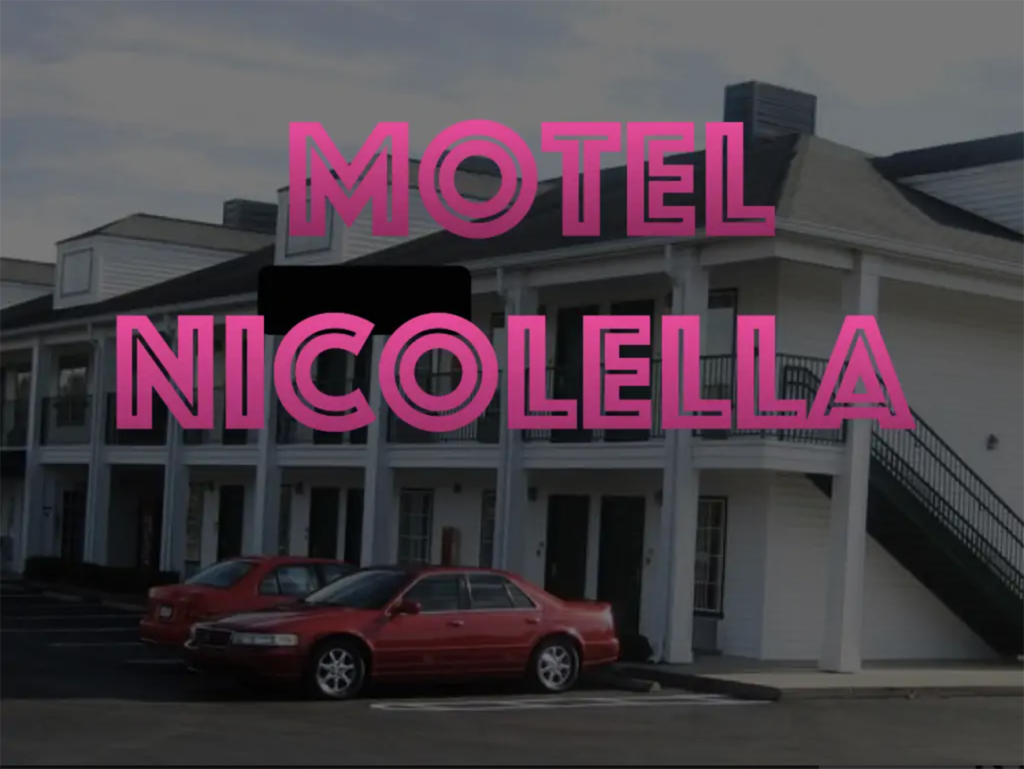The interview of ProfessioneArte.it
He is Giacomo Nicolella Maschietti professional Journalist specialized in art market.
Five questions to get a preview of the great art professionals, the daily challenges to face, the choices that have determined their path in the system and in the art market, the changes under the banner of digital and the advice for those who want to undertake the same career in collaboration with ProfessioneARTE.it.
Inventing and reinventing yourself every day, with curiosity in your eyes to learn how to live art among museums and galleries all over the world.
This could be briefly the description of Giacomo Nicolella Maschietti, professional journalist specialized in art and market, who collaborates with the great national newspapers writing about great exhibitions, Biennials, extraordinary auctions, collectors to discover, great artists and those who perhaps they will be remembered, with a careful and sincere look.
He in the “magical and inaccessible” world of art, the one so coveted by aspiring journalists and curators, happened to us a little by chance, to be “the boy of the shop” first in an art gallery and then in a still another, learning the trade in the old way, always with an eye to the future.
In this interview, Giacomo explains what it means today to carry out the profession of art journalist, the impact of digital technology on the market and the value of a profession that “is not for everyone, only for those who are too tenacious to do another job”.
 Giacomo Nicolella Maschietti is a professional journalist specialized in art and market, of which he writes for the major national newspapers such as MilanoFinanza, GQ, MarieClaire Maison, Patrimoni, Private, Gentleman. He has a weekly column on ArtsLife, MOTEL NICOLELLA.
Giacomo Nicolella Maschietti is a professional journalist specialized in art and market, of which he writes for the major national newspapers such as MilanoFinanza, GQ, MarieClaire Maison, Patrimoni, Private, Gentleman. He has a weekly column on ArtsLife, MOTEL NICOLELLA.
Degree in Philosophy of Science, he is enrolled in the Professional Register. Regional Order of Lombardy, since July 2010.
He collaborates as Social Media Manager for the auction house Wannenes Art Auction, is a strategic consultant for the non-profit association Save The Artistic Heritage and since 2008 has been the TV presenter of the program: Top Lot. Broadcasted every weekend on SKY channel 507 “Class CNBC”
He was the official presenter of the 2017 Design Prize, an award organized by Abitare, Designboom & Edison, as well as the official moderator of the St. Moritz Art Masters from 2012 to 2016.
In May 2019, a Motel opens, the weekly MOTEL NICOLELLA column in which it hosts and interviews the personalities of art on the digital magazine ArtsLife.
Art Market Specialist for IED Venice and IULM Milan Universities, he is Art Consultant for companies engaged in CSR and for private collectors. It is part of the Art Backers Agency, a Cultural Marketing and Communication agency entirely dedicated to the world of Art 3.0.
He supports Milan, moderately given the times.
1. How did your path in the art world started?
By chance. A bit like what happens in Ben Lerner’s novels. Each new chapter reveals better, with more precision, how the characters are not synthesized but expanded people, who move in time and space and that the lives we live are the result of billions of crazy, often random, and non-random variables it is clear neither what they are due to nor what they lead to.
I went to university more to skip the military than anything else. I came out with an unexpected praise, and then I started to work as a shop boy in art galleries. From there I went on by exclusion: from what I liked least, least least.
Remember the beginning of Annie and I? “Two old women are hospitalized in the usual pension for the elderly and one of them says:” My girl, eating here is really painful “, and the other:” Yes, it is disgusting, but then what small portions! “. Well, essentially this is how I look at life: full of loneliness, misery, suffering, unhappiness and unfortunately it lasts too little ”..
Oggi, so fare solo questo. Scrivo d’arte, e passo il tempo nelle gallerie e nei musei.
2. How would you describe your profession today?
To be invented and reinvented every day. Unfortunately there is no longer the “permanent position” that you enter at the end of the University and remains so until retirement. I had a distant relative who has only dealt with Inter all his life, he worked at the Gazzetta dello Sport. Maybe a little boring in the long run, but certainly fascinating. Today it would no longer be possible.
As an employee, the journalist, today responds to the requests of his publisher and must run fast to bring home a valuable product, the blanket is always too short anyway. Many hours of work, low wages.
As a freelance (as I am today) there is the theme of having to take rabbits out of the hat every week. It is not enough to work well, you must try to have ideas before others, possibly more beautiful, to intrigue the public and those who pay you. We must cultivate relationships with many different interlocutors because precariousness must be managed. It is certainly not simple, but it still remains sustainable. It is a job, that of writing, which requires a very long apprenticeship. If I happen to reread my things ten years ago, I have to get my hands in my hair. At 25 you are convinced that you have understood everything, and instead you still cannot do anything.
It is not for everyone, only for those who are too tenacious to do another job.
3. How has your profession changed over time?
When I started, in 2005/6, it was another world, literally. You watched much more television and the newspapers still had enormous power. From Flash Art, for example, I had the opportunity to learn a lot, it was a real bible, what was written was worth it as if it were carved in stone, and if you were inside that tour you were respected, if not even feared.
Not to mention Class CNBC, the financial channel that “adopted” me. It offered me the opportunity to go around the art fairs around the world: I have been to Hong Kong, Shanghai, Beijing, South Africa, South America, New York several times. Every week, invitations came to cover trade fairs and auctions. It went well. I was able to see things live, discover how a world still undergoing globalization worked. Today they would send a movie via WeTransfer.

4. What impact is the digital having on your sector?
We are currently in the midst of the Covid emergency, just as I am answering these questions, and I must admit that it is an almost devastating impact. * We clarify which sectors we are talking about: I deal with journalism and art, and both will be forced to change skin.
In reality, journalism has been facing the crisis for over ten years, with a constant and continuous drop in newsstands, never even for half of the revenues covered by the web. The public has become accustomed to having the news for free on the Internet and is still hesitant to pay for it. This has caused a series of tremendous chain effects, with a drop in editorial quality and related fake news. Today there are many newspapers that have developed strategies for survival: some with the so-called “porous site”, which boasts premium paid content and others that remain free, those who seek instead to channel all their forces to the newsstand and subscriptions , creating magazines more similar to small books to collect, who finally threw himself on the digital tout court by making inquiries and insights, all for a fee. It is difficult to guess the winning recipe, certainly without state funding for publishing in this country, more than half of the newspapers would be forced to close.
For art it is a bit different, it seems that digital was discovered just a few weeks ago.
Museums are facing the crisis by offering exhibitions in digital format, but we are still very far from having an appealing product. The auction houses are the best placed, because apart from the (huge) problem of finding the collections, they are already used to online commerce, the answer is only there. Finally, the galleries are the ones most in difficulty. The inability to organize fairs and paints forces them to quickly and furiously pack viewing rooms to try to make ends meet, but uploading a pdf online to intercept collectors is not enough. Much more will have to be done, and many will be forced to close.
* editor’s note: the interview was released before the end of the lockdown in Italy on 18 May.
5. What would you suggest to someone who wants to pursue your career?
I quote verbatim a nice dialogue based on Jules and Jim, by François Truffaut, a French film of 1962 with Jeanne Moreau.
“What can I do?”
“The curious.”
“It’s not a job.”
“It is not yet a job. Travel, write, translate, learn to live anywhere, and get started right away. The future belongs to the curious by profession. The French have remained closed at home for too long. You will always find a newspaper that pays for your escapades. “





